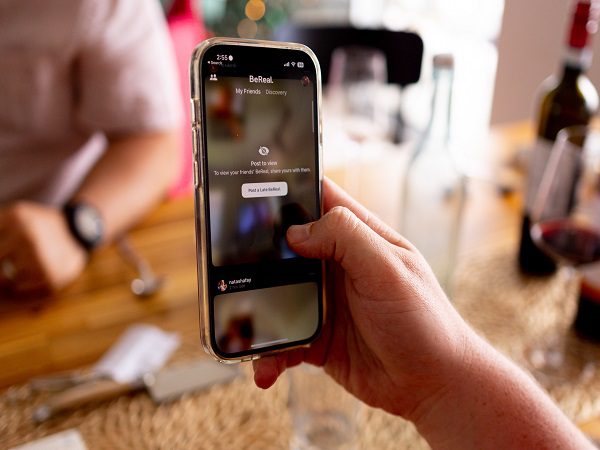Introduction
In an era dominated by technological advancements, the ubiquitous presence of smartphones has become an integral part of our daily lives. From personal communication to managing finances and accessing sensitive information, our cell phones play a pivotal role. However, with this increased connectivity comes the pressing need to address the growing concern of cyber threats. In this article, we will explore effective strategies to fortify the security of your cell phone, ensuring a safer digital experience.
Understanding the Landscape of Cyber Threats
Before delving into protective measures, it’s crucial to comprehend the diverse range of cyber threats that can compromise the security of your cell phone. From phishing attacks and malware to ransomware and data breaches, the digital realm poses numerous risks. Cybercriminals employ sophisticated techniques to exploit vulnerabilities, emphasizing the necessity for proactive security measures.
Install Robust Security Software
One of the fundamental steps in safeguarding your cell phone is to install reliable security software. Anti-malware and antivirus applications act as a crucial line of defense against malicious software that could potentially compromise your device. Regularly update these applications to ensure they are equipped with the latest threat definitions, enhancing their effectiveness in detecting and neutralizing potential risks.
Keep Your Operating System Updated
Operating system updates are not merely about introducing new features; they often include essential security patches. Developers continuously work to identify and rectify vulnerabilities in their systems. By regularly updating your cell phone’s operating system, you ensure that it remains fortified against the latest cyber threats. Set your device to receive automatic updates whenever possible to streamline this crucial aspect of cybersecurity.
Implement Strong Authentication Practices
Securing your cell phone extends beyond passcodes. Implementing robust authentication practices, such as biometric recognition (fingerprint or facial recognition), adds an extra layer of protection. Avoid using easily guessable passwords and consider incorporating a combination of letters, numbers, and symbols to enhance security. Additionally, enable two-factor authentication whenever available for an added level of protection.
Exercise Caution with App Downloads
The vast array of mobile applications available on app stores presents both convenience and risk. Cybercriminals often exploit unsuspecting users by creating fake apps that mimic legitimate ones. Before downloading any application, conduct thorough research on the developer, read user reviews, and verify permissions required by the app. Stick to reputable app stores, such as Google Play Store or Apple App Store, to minimize the risk of downloading malicious software.
Be Wary of Phishing Attempts
Phishing remains a prevalent and effective method employed by cybercriminals to gain unauthorized access to sensitive information. Exercise caution when clicking on links received via email, text messages, or social media. Verify the legitimacy of the sender and avoid providing personal or financial information unless absolutely certain of the request’s authenticity. If in doubt, contact the purported sender through a separate and trusted communication channel to confirm the legitimacy of the request.
Regularly Back Up Your Data
In the event of a cyber attack or data loss, having regular backups ensures that you can quickly restore your cell phone to its previous state. Utilize cloud services or external storage devices to back up essential data, such as contacts, photos, and documents. Automate the backup process to ensure that your data is consistently up to date and accessible in case of an emergency.
Monitor App Permissions
Many apps request access to various features and data on your cell phone. Take the time to review and understand the permissions requested by each application. Be cautious of apps that demand unnecessary access to sensitive information or features unrelated to their primary function. Adjust app permissions in your phone’s settings to limit unnecessary access, reducing the risk of unauthorized data collection.
Educate Yourself and Stay Informed
Cyber threats are continually evolving, making it essential for users to stay informed about the latest security risks and best practices. Regularly educate yourself on emerging threats, security updates, and recommended practices for safeguarding your cell phone. Following reputable cybersecurity blogs, subscribing to security newsletters, and attending webinars can enhance your awareness and empower you to make informed decisions regarding your device’s security.
Conclusion
In an era where our cell phones serve as personal hubs of information, prioritizing cybersecurity is non-negotiable. By adopting a proactive approach and implementing the aforementioned strategies, you can significantly reduce the risk of falling victim to cyber threats. Remember, security matters, and taking the necessary steps to protect your cell phone ensures a safer and more secure digital experience. Stay vigilant, stay informed, and stay secure in the ever-evolving landscape of cybersecurity.



































